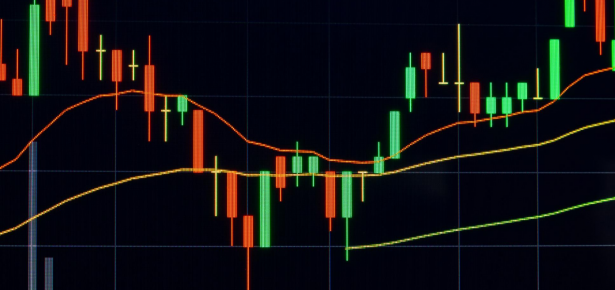
This is the question that we get asked most often following the recent publication of our book Boom and Bust: A Global History of Financial Bubbles. With the U.S. stock market booming in the middle of a global pandemic, it is perhaps no wonder that people are asking this question.
Our study of over 300 years of bubble history reveals that for there to be a bubble, there are three necessary conditions: marketability, an abundance of money and debt, and speculation. We labelled these necessary conditions ‘the bubble triangle’. Marketability is the ease with which an asset can be bought and sold – bubbles cannot happen unless assets can be easily traded. Money and debt provide the fuel for the bubble, encouraging investors to reach for yield or borrow to buy assets. Speculation is the investment strategy of buying assets you expect to rise in price in the short-term, hoping to make a quick profit. During historical bubbles, novices have often become speculators.
Are these necessary conditions present today in the stock market? Yes. Stocks are easily traded, thanks to zero-commission brokers. Fuel is super abundant due to near-zero interest rates, quantitative easing, and other extraordinary measures. Ordinary people are giving up their jobs and becoming day traders. The bubble triangle seems to be present, but it only provides the necessary conditions for a bubble. For a bubble to happen requires an external spark.
Sparks for historical bubbles either came from major new technical innovations such as electrification or the internet, or, more commonly, changes in government policy. These sparks are difficult to foresee. There is an absence of common factors behind politically sparked bubbles which makes them difficult to predict. Similarly, technology sparked bubbles are also difficult to predict because one must foresee what the effect of the technology will be and how people will react to it.
In most cases, these sparks initially have a significant effect on the real value of assets. The internet, for example, really was a transformative new technology that would revolutionise the economy and usher in a new generation of spectacularly profitable firms. But by 1999 and 2000, speculation had driven internet stock prices to a level that even the potential of the internet could not justify. Likewise, when government policies increased the demand for housing in the 1990s, this initially made housing a better investment. It was only when houses became an object of speculation that they became grossly overpriced.
One potential spark occurred in March of this year, when central banks used substantial quantitative easing to arrest a stock market crash. Since then, the S&P 500 has risen by over 50% in six months, leading some commentators to suggest that the stock market is in a bubble. But to us, this appears to be a rational response to the realisation that the authorities are effectively underwriting the stock market. Just like during the dot-com bubble, however, this logic can be taken too far, especially when leveraged day traders start buying shares because they’re rising. While we don’t see a stock market bubble at the moment, the signs suggest we could be about to enter one.
Latest Comments
Have your say!